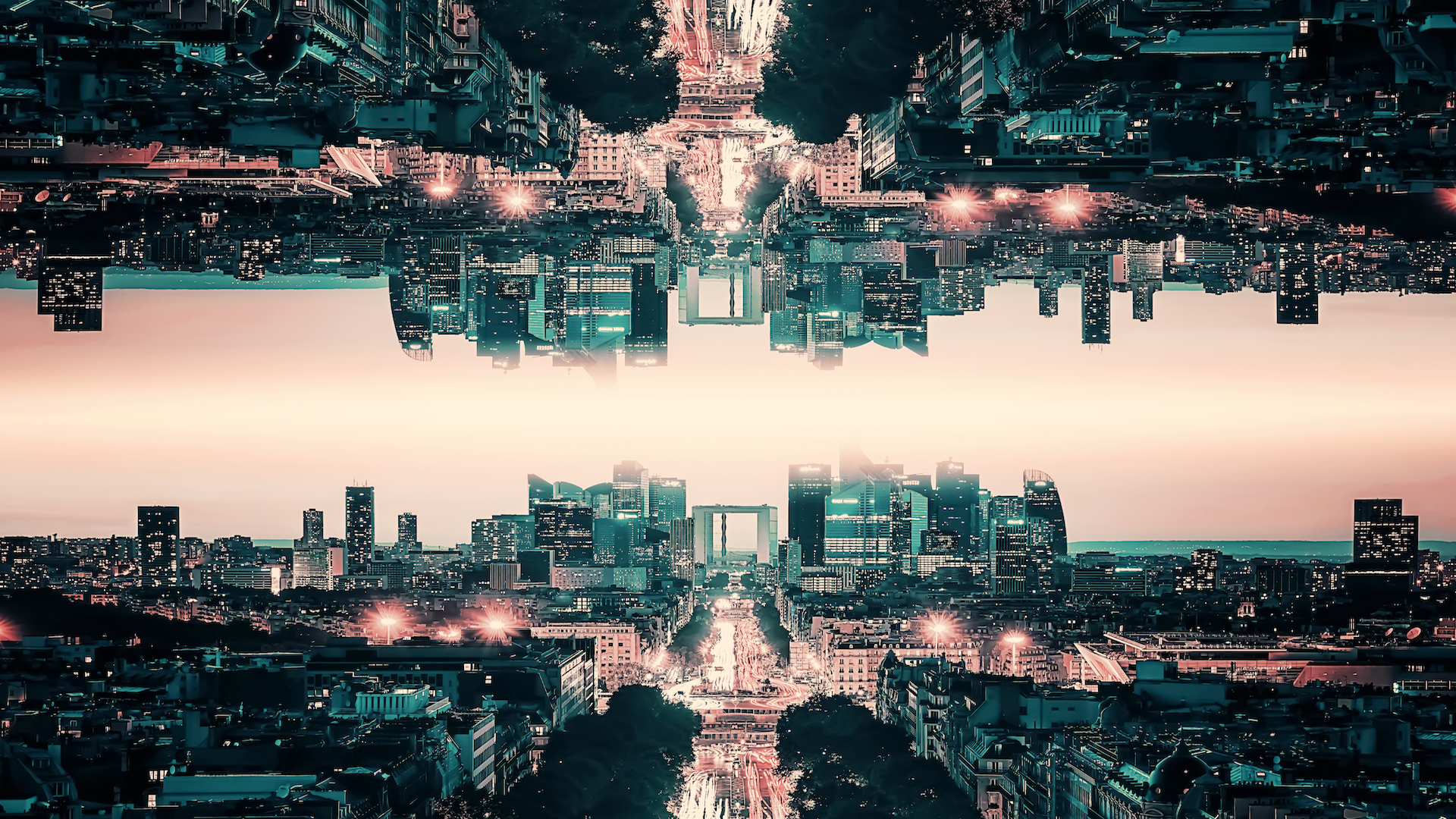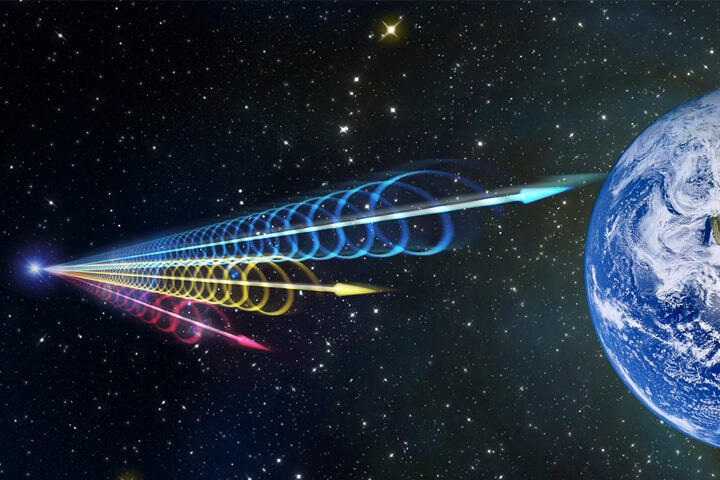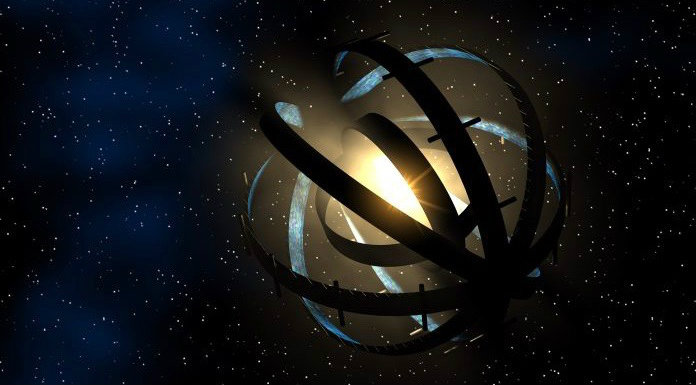The University of Nebraska identifies seven elements of newsworthiness: impact (the number of people affected by a reported item); proximity (the degree of a community’s physical closeness to the reported item); timeliness (the more recent, the more timely); prominence (the importance of the reported item or the fact that it is associated with a celebrity); conflict (the degree of the reported item’s controversy); human interest (the degree to which a reported item appeals to readers’ “shared experience”); and novelty or oddity.
Hallucinations often meet all these requirements; those on this list certainly do.
Related: 10 Hallucinations Believed to Have Inspired Famous Works of Art
10 Conversations with Drapes
In 2023, Jeremy Renner was almost killed in a snowplow accident. As he recovered from surgery at home, following his hospital stay, he began to hallucinate, due to the powerful painkillers he took. He started chatting with his “buddies,” as he thought of his bedroom curtains, and having conversations with an “imaginary” Jamie Foxx.
He recalls this bizarre experience in his memoirs My Next Breath (2025), in which he states that he did most of the talking, since Foxx “wasn’t really there.” In his hallucinations, the actors even “went snowmobiling,” Renner wrote, even though “there’s no snow in Southern California.” He also died, he wrote, after the 14,000-pound (6,350-kg) snowplow ran over him, but was “pulled back to life” by a mysterious “force.”
When he quit taking his meds, cold turkey, he said that, for 36 hours, he cried and shivered, shedding “uncontrollable tears [and] doing everything [else he] could to just calm down.” Thereafter, “it was pretty much smooth sailing.”[1]
9 Death Threats
Harry Hamlin survived his wife Lisa Rinna’s nightmarish hallucinations during the post-partum depression that she suffered after the births of the couple’s two children. In an edition of their podcast Let’s Not Talk About the Husband, the celebrity couple spoke of the hallucinations and of Rinna’s emotional state at the time. During an outing to see a movie, Hamlin said, Rinna told him, “You better watch out. I feel like killing you. Keep the knives in a drawer.”
Rinna acknowledged that she “was having horrible hallucinations of killing people, [and] needed to take the knives out of the house.” She also admitted to having “visions of driving the car into a brick wall.” Still, she never had “visions about hurting the baby.” The hallucinations, she said, were results of her feelings of hopelessness and darkest depression. After taking antidepressants for a few weeks, she was able to cope, but declares, “Looking back, I was totally psychotic.”[2]
8 Bald-Headed Bears “with Big Eyes”
As fitness instructor Vanessa Ladouceur, 30, was walking to work in downtown Calgary, in Canada’s Alberta Province, Michael Adenyi, 28, stabbed her to death with the knife he carried in his backpack for self-defense.
There was a reason for her son’s act, his mother Ferita Loyuk testified at his trial: Michael believed that his victim was one of the frightening bald-headed bears “with big eyes,” he had been seeing. Toronto Star reporter Bill Graveland adds that it was only when he cut himself during the murder that Adneyi realized what had really happened.
Before he attacked Ladouceur, his mother said, her son had taken to “wearing his clothes backward,” conversing with his shoelaces, and showering for an hour at a time to mute the voices he heard. The bear-creatures were out to get him, he feared. He was also taking Prozac, which a psychiatrist had prescribed for him, as treatment for a depressive disorder.
Due to his disorder, their client should not be held criminally responsible, his lawyers argued. Prosecutor Carla MacPhail pointed out that Adenyi hadn’t spoken of animals during his discussions with police or his psychiatrist, but Loyuk countered, “That’s not what they were asking us.”[3]
7 Firebugs

In 2025, in the city of Petaling Jaya, in Malaysia’s Selangor state, a 30-year-old male suspect allegedly set fire to his house. He claims he was obeying voices that commanded him to commit arson. Police believe that the suspect heard the firebugs’ voices after he’d taken methamphetamines.
The voices directed him to place lit papers among plastic containers inside his house, Kota Setar police chief Siti Nor Salawati Saad said. “As a result, his house burned down,” along with a few other houses. If convicted, the firestarter faces a fine and a possible five-year prison sentence.[4]
6 Airborne Snakes

Apparently, the snakes decorating a man’s shirt came to life and began crawling about the cabin of the jet aboard which he was a passenger. This unexpected incident spurred the startled man into action, as he repeatedly cried “snakes on a plane! We need to land!” He also became “violent and abusive,” reporter Natalie Wilson states, and was intimidating staff and passengers.
As a result, the April 19, 2025, easyJet flight from London-Gatwick Airport to Marrakech, Morocco, was diverted to Faro, Portugal, where it was met by police upon landing. The snakes were imaginary, effects of hallucinations believed to have been caused either by excessive drinking or the use of illegal drugs.[5]
5 Sloughing Skin
Nightmares in which the dreamer is crushed, attacked, trapped, or falling, or in which skin sloughs off others’ bodies, are possible symptoms of an incurable disease. Hallucinations are other possible signs. As one person described, a hallucination may seem like one has had a dream while awake, a dream that occurs while one is “sitting awake in the garden.” It may not be frightening or disorienting.
Along with other symptoms, nightmares and hallucinations may indicate that a person has lupus or another autoimmune disease. This can prevent false diagnoses of borderline personality disorder or psychosis and facilitate correct treatments with steroids, rather than anti-psychotic drugs, if the patient does, indeed, have lupus.[6]
4 Murderous Killers
In 2025, undocumented immigrant Homero Salinas, 48, was arrested in Ellis County, Texas, after firing multiple rounds at his family’s home during a “hallucination-fueled incident.” He saw what no one else could see… People were trying to kill him after they’d murdered his family.
All told, Salinas, who was “under the influence of alcohol and cocaine,” had fired at least 30 rounds of ammunition into his family’s home. Fortunately, no one was injured or killed in the assault. However, police said, ammunition and a number of firearms were taken from the house, and Salinas was arrested.
“We are a nation of laws. When someone who has already had a detainer placed by [U.S. Immigration and Customs Enforcement] is able to remain in the county, acquire firearms, and walk freely into a neighborhood with a gun, that’s a failure of enforcement,” Deputy City Manager for Public Safety John DeLeon said.[7]
3 Anesthetic-Induced Sexual Hallucinations
In a 2023 journal article, the authors point out that female dental patients have experienced anesthetic-induced sexual hallucinations. In one case, “a 38-year-old woman who received 30 mg [of] diazepam and 150 mg [of] methohexitone for restoration of 25 teeth did not return for follow-up” because, she eventually said, during treatment, she had been “molested in the upper part of her body.”
Her charge was denied, and she was informed that a nurse was present throughout the entire operation. In addition, she was told that drugs such as diazepam could cause hallucinations. She finally accepted this explanation. Her hallucination might have been since the instruments were close to her chest and were often wiped off on the napkin placed on her chest.
Sexual hallucinations have also been known to occur while dental patients are anesthetized with propofol and can occur during sedation or anaesthesia with a wide range of psychotropic drugs. Patients can also become sexually aroused by such drugs. Since patients have, at times, actually been subjected to sexual assault by dentists while undergoing treatment under anesthesia, though, such claims must be taken seriously and investigated.[8]
2 Aboriginal Artists
In an article published in 1978 by the peer-reviewed medical journal JAMA, the author proposes that circumstantial evidence suggests that “aboriginal rock paintings in two areas of North America” may have been “produced by shamans under the influence of hallucinogenic agents derived from plants.” Specifically, these plants include jimson weed (Datura wrightii) in California’s Central Valley and Coastal regions—Chumash and Yokuts tribes—and mescal bean in “the lower Pecos River region in Texas.”
The title of another article, published in 2020, asserts that Datura quids [pieces of chewing tobacco] at Pinwheel Cave, California, provide “unambiguous confirmation of the ingestion of hallucinogens at a rock art site.” The painting on the ceiling of a Californian rock art site called Pinwheel Cave may depict Datura flowers.
Liquid chromatography-mass spectrometry (LC-MS) confirms what, before, was merely supposition: “hallucinogenic alkaloids scopolamine and atropine” were verified as present in quids at the site, and 3D analyses of the quids suggest that they were chewed and thus consumed in the cave under the paintings. These findings provide evidence to support the theory that the aboriginal shamans who created the artwork were, indeed, under the influence of hallucinogens.[9]
1 “How Much Is That Doggie in the Window” and Other Songs
In a BBC News story dated February 15, 2013, Susan Root, then 63, declared, “My mum said I used to like [the 1953 hit song ‘How Much Is that Doggie in the Window?’] when I was a little girl. I don’t like it anymore.”
No wonder: despite two ear operations and visits to multiple doctors and therapists, she continued to hear the song, day in and day out, week after week, for over three years. The Coggeshall, Essex, school cleaner felt that the endlessly repeating song would drive her “mental.” It also interfered with her ability “to hear what her husband, retired lorry driver Graham,” said to her.
Root also heard snatches of other songs, including “God Save the Queen,” “Auld Lang Syne,” and “Happy Birthday,” as well as carols and hymns and, sometimes, buzzing sounds, among other “horrible noises.”
Although the condition, which is often caused by hearing loss, is incurable, it can be treated with hearing aids, relaxation, counselling, and background sounds.[10]






















